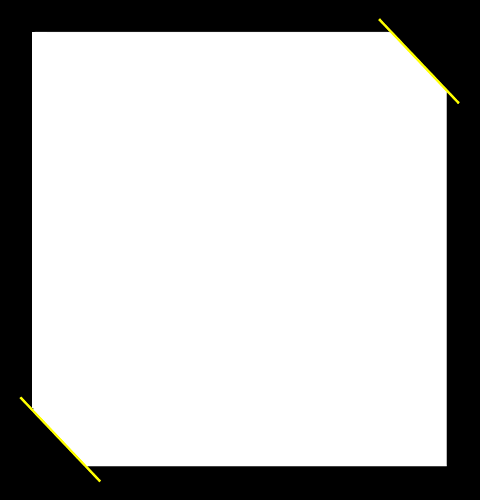Routes to Protest: the River, Vessels and People of 1381
Join us for an exciting free workshop on Gravesend Town Pier led by local artist Sadie Hennessy to remember and explore the Peasants’ Revolt of 1381 in which North Kent, Essex and the Estuary area played a key part.
The free workshop will include three elements:
Vessels. A sound installation on the pier, using local people's voices to bring the contemporaneous written accounts of the Peasant's Revolt to life.
Banner-making workshop. Everyone is invited to make a protest banner and we will stage a 'demonstration' using all the banners at 4pm
Songs of Rebellion & Protest. Punk legend Gina Birch (The Raincoats) will be in the cafe area playing her selection of rebellious songs, and songs from her new album 'Trouble'. (2pm-5pm)
The Peasants’ Revolt of 1381 was a time when ordinary people found their voice. The rising was triggered by a poll tax intended to raise twelve pence from each person over the age of fifteen. It was the third such tax in four years and was needed to finance a faltering war against France.
The areas of Kent and Essex bordering the Thames estuary were the heartland of the rising. Wat Tyler, who probably crossed from Essex to Kent, was the most prominent rebel leader. The rising spread across the Home Counties and East Anglia, and even as far as Yorkshire and Somerset.
Wat Tyler led the rebels to London where prominent royal officials were executed. The King was forced to give the rebels letters releasing them from all bondage. At a further meeting with the King, Wat Tyler was killed. The rising subsided, but no attempt was made to levy a poll tax for hundreds of years.
Rivers were at the centre of medieval economy and society. Rivers powered mills, provided water, food in the form of fish, and helped irrigate fields. Above all, rivers connected places otherwise hard to reach by land.
The River Thames provided a vital means of communication in 1381. Men from Essex and Kent criss-crossed the river to spread the rising and co-ordinate their movements. The rebels included many boatman. Fishermen from north Kent and Essex, infuriated by the attempts of London to control fishing, joined the revolt.
Rivers also brought threats and fear of attack. In 1377, beacons were erected in Gravesend, Sheppey, Fobbing and Tilbury to give warning of French attacks. In 1380, a French-Castilian fleet sacked Gravesend. In 1386, a full-scale French invasion was feared to be imminent. In recognition of the importance of Gravesend, King Richard II confirmed its monopoly of ferry traffic from Gravesend to London.
The ’People of 1381’ project has drawn together hundreds of records describing the people and events of 1381. During the workshop you can ask members of the ‘People of 1381’ team about the revolt and learn how to use the database.
About the organiser
'The People of 1381' is an innovative research project which is producing new interpretations of the Peasants’ Revolt of 1381, one of the largest popular uprisings in medieval Europe. 'The People of 1381' will shed light on the complex economic, social and political dynamics of the rebellion.
'The People of 1381' project draws together researchers from the University of Reading, University of Oxford, University of Glasgow and University of Southampton. It has benefited from a major grant award by the Arts and Humanities Research Council.
Central to the project is the creation of a database to provide an overview of events, places and people involved in the rising. Judicial and manorial documents have been combined with records of central and local government, poll tax records and more, to reconstruct collective biographies of the people caught up in the rising. The database and much other information about the project and the revolt is available at: www.1381.online.
In addition to developing case studies of individual rebels and their victims, the project is a unique 'history from below', using an unparalleled set of medieval records to investigate the participation of social groups whose role has been little investigated, such as household servants, soldiers and women. It uses Geographic Information Systems to map the development and structure of the revolt, to identify differing levels of community protest and examine how these fitted together.
www.1381.online
No Booking Required
Image: A French fleet sets sail, c. 1450. Bibliothèque Nationale de France, MS. Fr. 5594 (public domain)

 maybe later
maybe later



